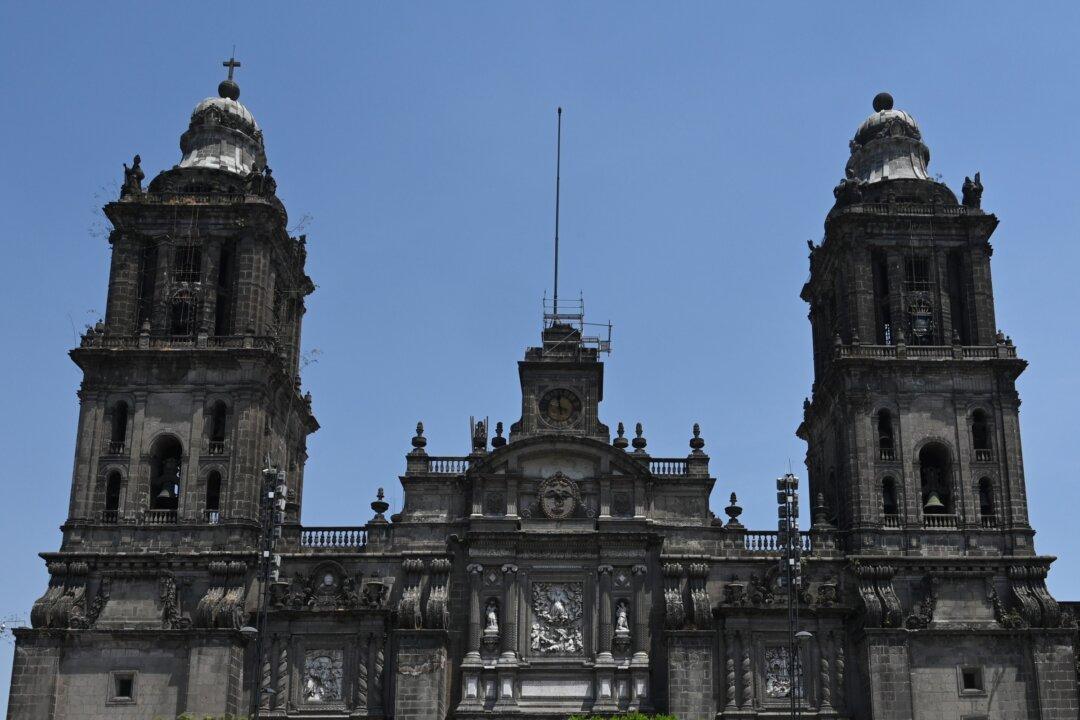Commentary
The first strike of the first bell was impossibly low and rumbling. It seemed to shake the air and even the table at which I was sitting. I was eating a late breakfast on the sixth floor of the building next door to the Metropolitan Cathedral in Mexico City, the oldest and biggest in the whole of the Americas.





